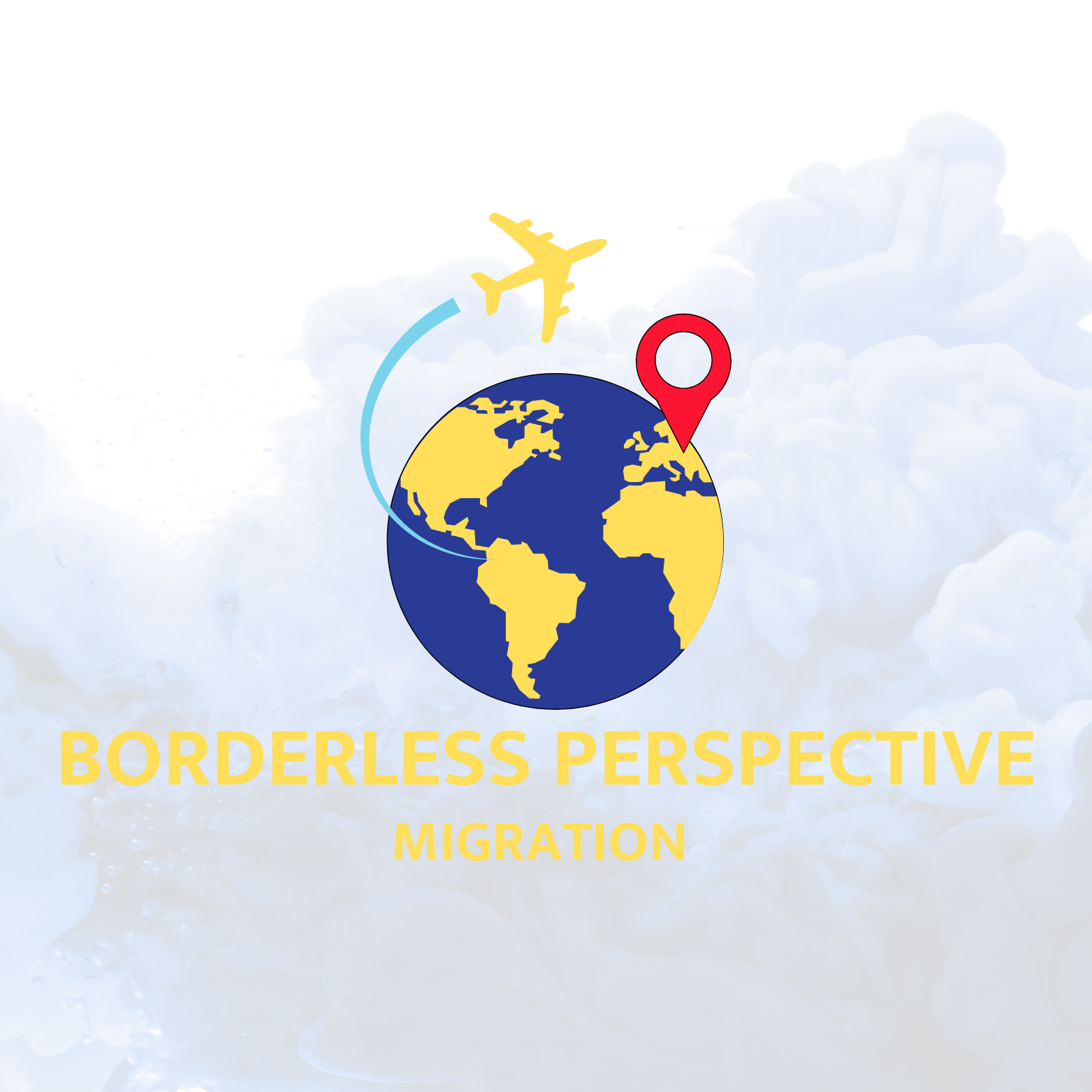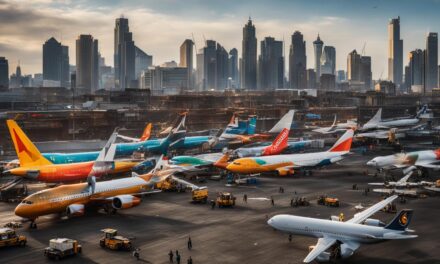
International migration is poised to shape the future as a powerful force of change. As the world becomes increasingly interconnected, the movement of people across borders is expected to surge in the coming decades. Economic pressures, changing age structures, population growth, rapid urbanization, and environmental stress are all contributing factors to this global phenomenon.
Destination countries that can effectively manage the social and political tension caused by immigration are likely to reap significant economic benefits. The allure of a high quality of life and abundant economic opportunities will continue to make the United States and other OECD countries preferred destinations for migrants seeking a better future.
Migratory flows are predominantly intraregional, with Africa housing the highest percentage of migrants within the continent. The Gulf countries have experienced a notable influx of economic migrants in recent years. The motivations behind migration are multifaceted, ranging from socioeconomic incentives and better living standards to aging populations and shrinking workforces in developed countries, as well as population growth outpacing job opportunities in many developing nations.
Key Takeaways:
- International migration is expected to increase due to economic pressures, changing age structures, population growth, rapid urbanization, and environmental stress.
- The United States and other OECD countries will remain preferred destinations due to their high quality of life and economic opportunities.
- Migratory flows are predominantly intraregional, with Africa hosting the highest percentage of migrants within the continent.
- The Gulf countries have experienced a significant influx of economic migrants in recent years.
- Push factors for migration include socioeconomic incentives, better economic opportunities and living standards in destination countries, aging populations and shrinking workforces in developed countries, and population growth outpacing job opportunities in many developing countries.
The Future of Migration: Unraveling the Trends and Trajectories of Human Mobility
Drivers of Migration: Understanding the Complexities
The decision to migrate is influenced by a multitude of factors at the macro, meso, and micro levels. At the macro level, various factors such as violence, conflict, human rights violations, and economic opportunities contribute to migration. Additionally, migration governance and policies, environmental changes, and development-induced displacement also play a significant role. At the meso level, factors like migration culture, networks, information, technology, and migrant smugglers further influence migration decisions.
When it comes to the micro level, individual characteristics such as age, educational level, gender, risk aversion, and personality traits can impact an individual’s decision to migrate. These complexities highlight the need for a comprehensive understanding of the drivers of migration in order to develop effective immigration policies and address the impact of migration on societies.
“Migration is a complex phenomenon influenced by a wide range of factors, both individual and structural. Understanding these complexities is crucial for shaping immigration policies and managing the impact of migration on societies.” – Prof. Emma Wilson, Migration Studies
Future Trends and Projections
Global migration projections suggest a steady increase in international migration in the coming decades. The Vienna Institute of Demography projects peak migration levels in 2040-2045, followed by a slight decline. The United Nations Population Division assumes constant net migration levels until 2100. Migration scenarios developed by the OECD emphasize the importance of successful implementation of the Sustainable Development Goals in shaping future migration flows.
Exploratory studies indicate that immigration flows to the European Union may significantly increase by 2030. These projections underscore the ongoing challenges of managing migration, including addressing the refugee crisis, promoting migrant integration, and effectively dealing with the social, economic, and political implications of migration on a global scale.
| Migration Challenge | Impact |
|---|---|
| Refugee Crisis | The influx of refugees poses challenges related to infrastructure, healthcare, education, and integration. |
| Migrant Integration | Efforts to promote the successful integration of migrants into host societies are essential for social cohesion and economic development. |
| Migration Governance | Evidence-based policies and effective governance frameworks are needed to manage and regulate migration flows. |
As the future unfolds, it is imperative for policymakers, researchers, and civil society to collaborate in addressing the multifaceted challenges posed by global migration. By understanding the trends, complexities, and projections, society can work towards creating inclusive and sustainable solutions that embrace the potential of human mobility.
Future Trends and Projections
The future of migration presents a myriad of challenges and opportunities that demand our attention. One of the pressing issues is the ongoing refugee crisis, which has affected millions of individuals searching for safety and a better life. The global community must come together to address this humanitarian challenge, providing support and finding long-term solutions to ensure the well-being of those displaced by conflicts and persecution.
Migrant integration is another crucial aspect that requires careful consideration. As migrants settle in new countries, it is essential to create inclusive societies that foster acceptance, equality, and opportunities for all. By promoting cultural exchange, educational programs, and employment initiatives, we can build bridges and empower migrants to contribute their talents to society, enriching the fabric of our communities.
However, it is important to acknowledge that migration also poses significant challenges. Societies must navigate the complexities of cultural diversity, socioeconomic inequality, and political tensions that can arise when different populations converge. By fostering dialogue, understanding, and collaboration, we can address these challenges head-on and strive for a harmonious coexistence.
Ultimately, the future of migration rests on our collective ability to navigate these complexities and seize the opportunities that migration brings. By developing comprehensive policies, investing in education and resources, and fostering inclusive societies, we can build a future where migration is not only managed effectively but celebrated as a powerful force for positive change.
FAQ
What factors contribute to international migration?
International migration is driven by various factors such as economic pressures, changing age structures, population growth, rapid urbanization, and environmental stress.
Which countries are preferred destinations for migrants?
The United States and other OECD countries are popular destinations due to their high quality of life and economic opportunities.
Where do most migrants reside within their respective regions?
Migratory flows are predominantly intraregional, with Africa having the highest percentage of migrants residing within the continent.
What are some push factors for migration?
Push factors for migration include socioeconomic incentives, better economic opportunities and living standards in destination countries, aging populations and shrinking workforces in developed countries, and population growth outpacing job opportunities in many developing countries.
What factors influence the decision to migrate?
The decision to migrate is influenced by a multitude of factors at the macro, meso, and micro levels. These include violence, conflict, human rights violations, economic opportunities, migration governance and policies, environmental changes, development-induced displacement, migration culture, networks, information, technology, migrant smugglers, age, educational level, gender, risk aversion, and personality traits.
What do migration projections suggest for the future?
Global migration projections vary, but experts predict a steady increase in international migration in the coming decades. Peak migration levels are projected to occur in 2040-2045, followed by a slight decline. The United Nations Population Division assumes constant net migration levels until 2100.
What challenges are associated with managing migration?
Managing migration poses challenges such as addressing the refugee crisis, promoting migrant integration, and dealing with the social, economic, and political implications of migration on a global scale.
MORE SOURCES TO READ:
- https://www.dni.gov/index.php/gt2040-home/gt2040-deeper-looks/future-of-migration
- https://www.idos-research.de/uploads/media/DP_9.2019.pdf
- https://www.migrationdataportal.org/themes/future-migration-trends
![]()











Recent Comments